A recent discussion at Sinai Temple called “Inside the Persian Jewish Community” examined the community’s internal as well as external forces, as talk turned to the stereotypes and tensions that sometimes develop with local Ashkenazi Jews.
“Persians feel so judged by the Ashkenazi community,” said Saba Soomekh, a religious studies professor at CSUN who was born in Tehran and raised in Beverly Hills.

Saba Soomekh
She was joined in the program by Gina Nahai, an author and Jewish Journal columnist who was also born in Iran. Sinai Rabbi David Wolpe moderated the event, which attracted more than 200 attendees.
Wolpe discussed his community’s day school, Sinai Akiba Academy, saying students become aware there is such a thing as Persian and Ashkenazi sometime around fourth grade, and judgments ensue.
“It’s like someone drops fairy dust on them and they all know where they come from,” he said. “Both groups feel the otherness of the other, and that leads to feelings of both superiority and inferiority at the same time.”
A spring 2014 Sinai Akiba Academy advertisement in the Journal underscored the issue of how some prospective Ashkenazi families have shown ambivalence about sending their kids to the school, which has a large Persian population.
“ ‘Too Persian.’ Looks awful in print? It sounds worse in a whisper,” the ad said, which sparked a firestorm of controversy upon publication.
Nahai, whose recent novel, “The Luminous Heart of Jonah S.,” is about the Los Angeles Persian community, blamed both communities for the division.
“To some extent, the Iranians need to change. … On the other hand, Ashkenazis also need to drop this visceral lack of acceptance that they have for us,” she said. “Now, everything obviously is a generalization … so it’s not the case everywhere, but, too often, I see eyes that roll the minute someone speaks English with a Persian accent, or anything that can be used against us will be used against us by Ashkenazis. Also, judging and creating that divide, I think we are both to blame for this division.”
The dialogue at Sinai in Westwood also offered insight into generational differences within the Persian-Jewish community, especially between those who emigrated out of Iran during the Iranian Revolution and those who were born here. Wolpe described it as “the struggle of the 25-year-old Persian-Jewish resident of Westwood or Beverly Hills as opposed to the struggle of the 60-year-old.”
Nahai said that for young people, it’s a very difficult place to be in.
“I think a 20-year-old and younger people have a sense they have to choose between their [Persian] community or being embraced by the [broader] community. … They have to choose between that and their independence.”
Soomekh, also a visiting professor of Iranian-Jewish history at UCLA and author of the book “From the Shahs to Los Angeles: Three Generations of Iranian Jewish Women Between Religion and Culture,” said many of her students are first-generation Persian Jews who want to follow their heart but are held back by their parents’ wishes.
“This is what makes the [Persian] culture so beautiful —‘I live for you, and you live for me.’ But it’s difficult when you are a young adult to grow up in an [American] environment that’s saying, ‘Do what you need to do. Be happy, whatever makes you happy,’ and you’re saying, ‘Oh my God, I feel so guilty … my parents, they aren’t approving of this. They did so much, they escaped the [Iranian] Revolution and I want to make them happy,” Soomekh said. “So I think that’s where they really struggle.”
The largely Persian crowd, which engaged in a Q-and-A with the speakers at the end of the evening, listened attentively as Wolpe spoke of an anthropological work by Ruth Benedict that explains the world as having both “shame cultures” and “guilt cultures.” In the former, a community’s judgment of one’s actions is what matters, and in the latter, one’s own estimation of himself or herself is of utmost importance, he said.
“My own view is that the Persian-Jewish community is a shame culture and the American-Jewish community is a guilt culture. What happens when Persian Jews come to America [is] they have guilt and shame, they have to get the community to approve and they have to feel good themselves,” he said. “And it’s too much.”
“You’re right,” Soomekh said, “and this is the biggest struggle for young adults wanting to appease families, community — not ruining the family name, whatever that means, and yet, at the same time, being able to do what they want to do.”







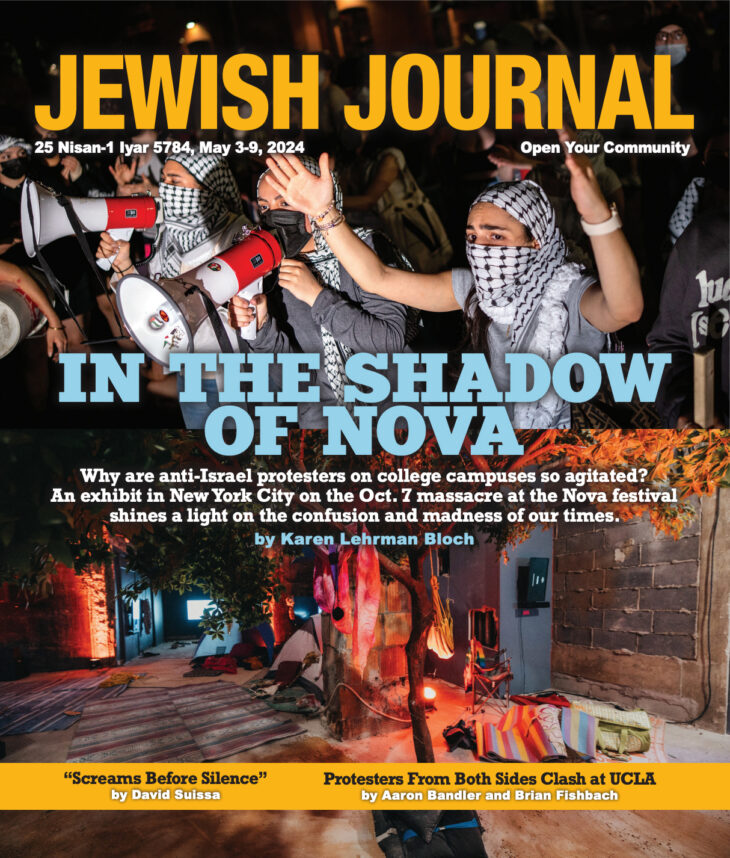
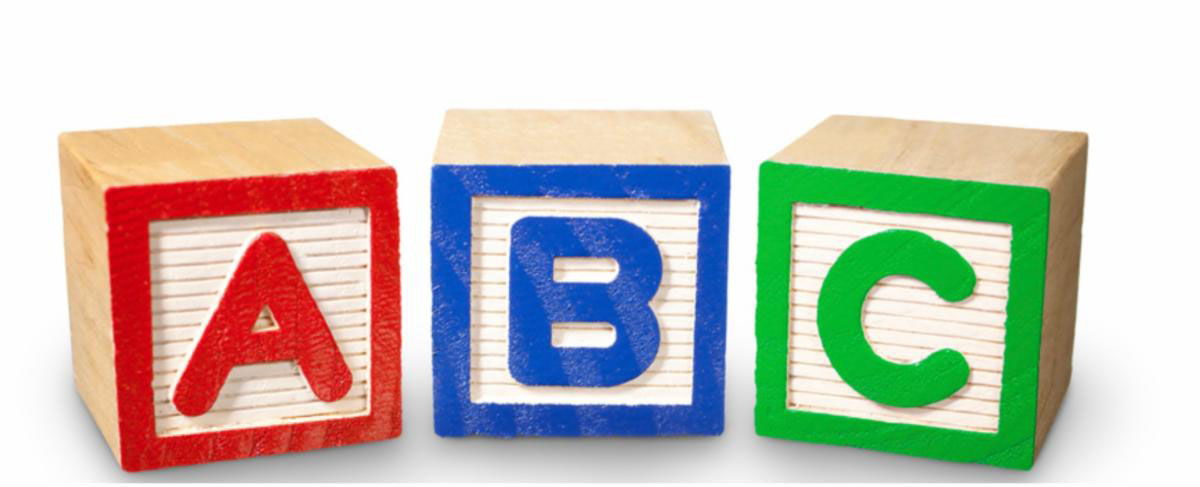
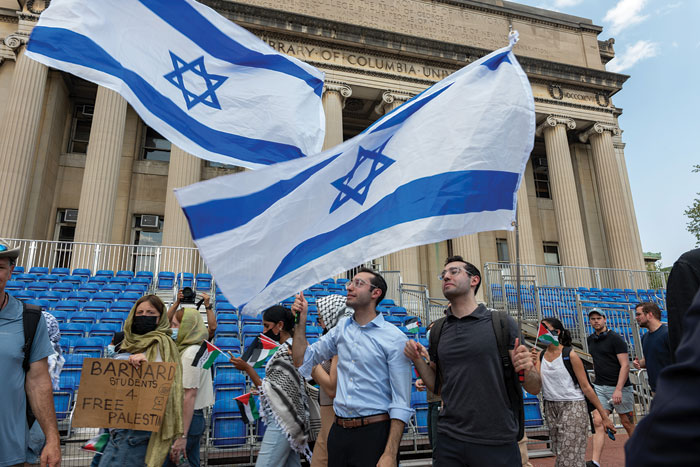

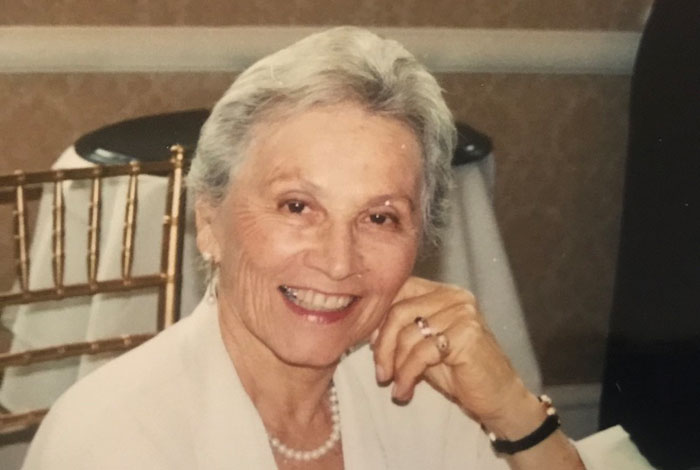
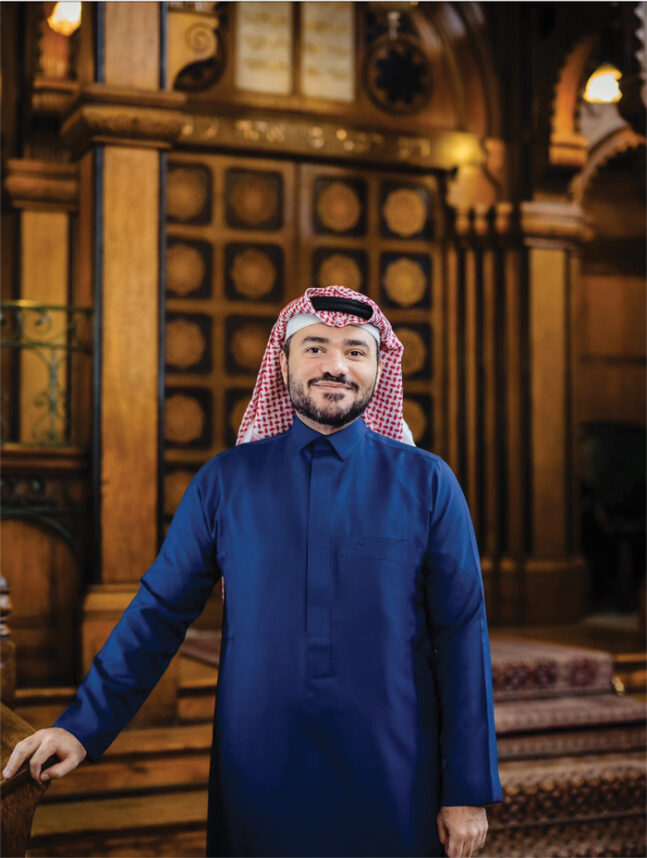
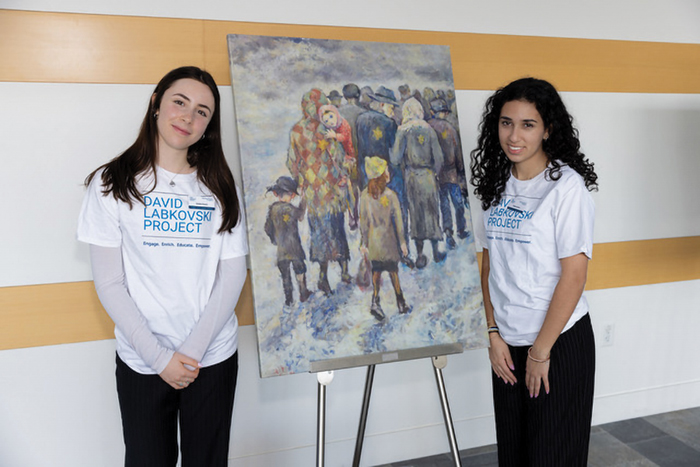
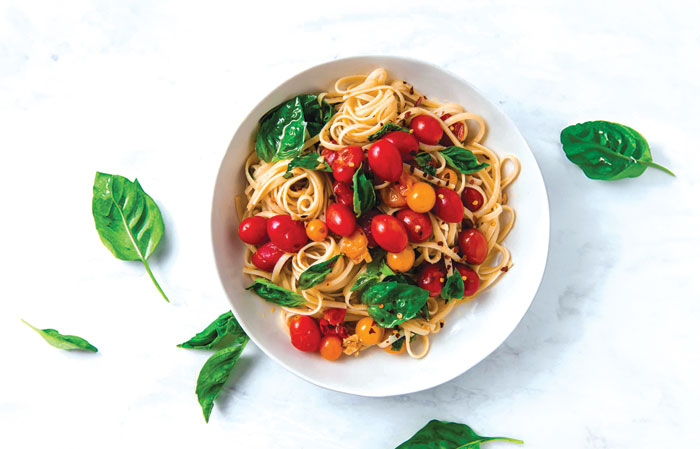


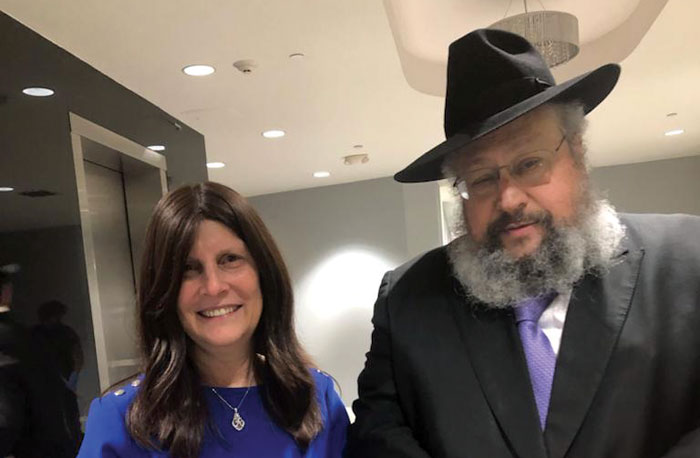





 More news and opinions than at a Shabbat dinner, right in your inbox.
More news and opinions than at a Shabbat dinner, right in your inbox.